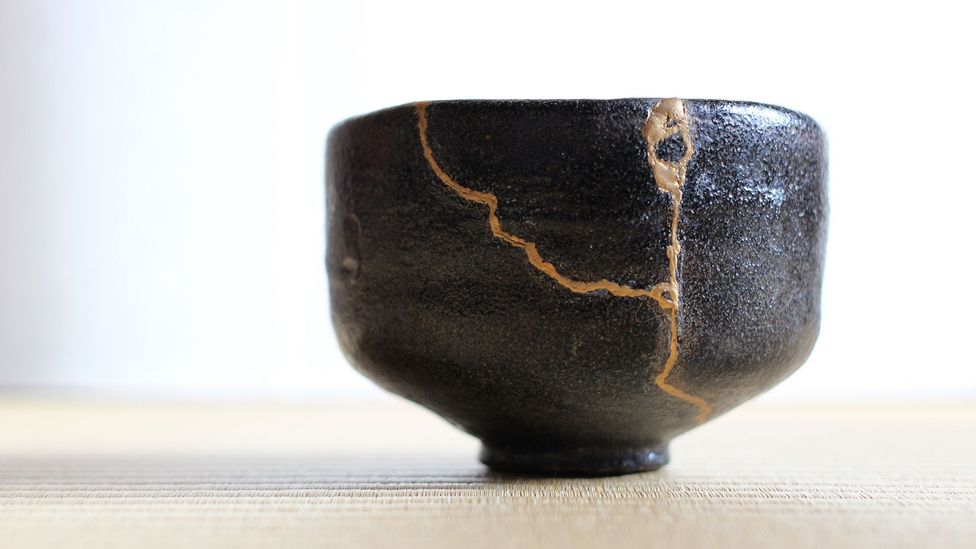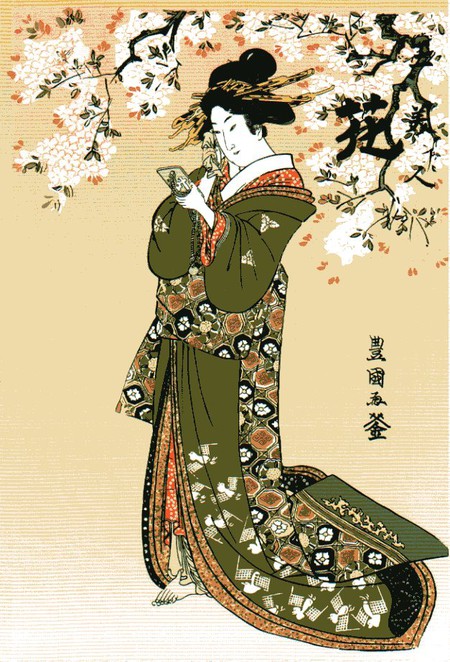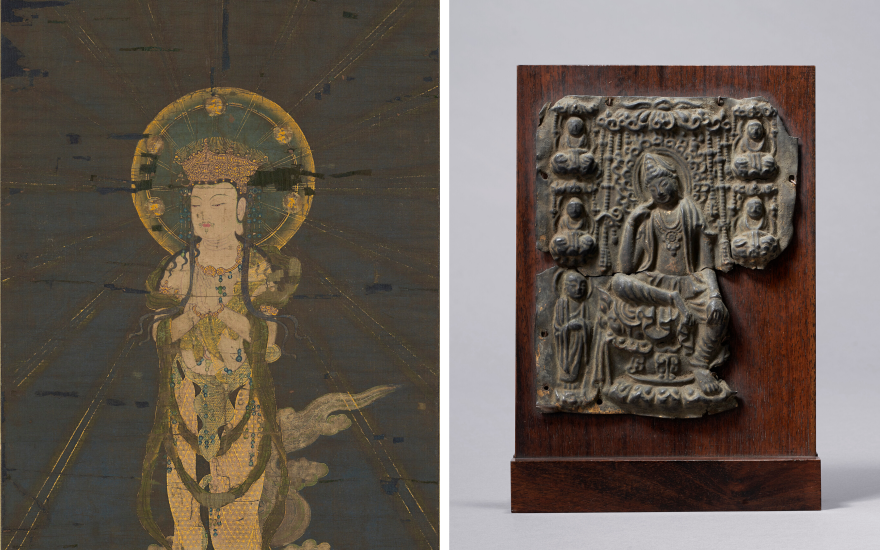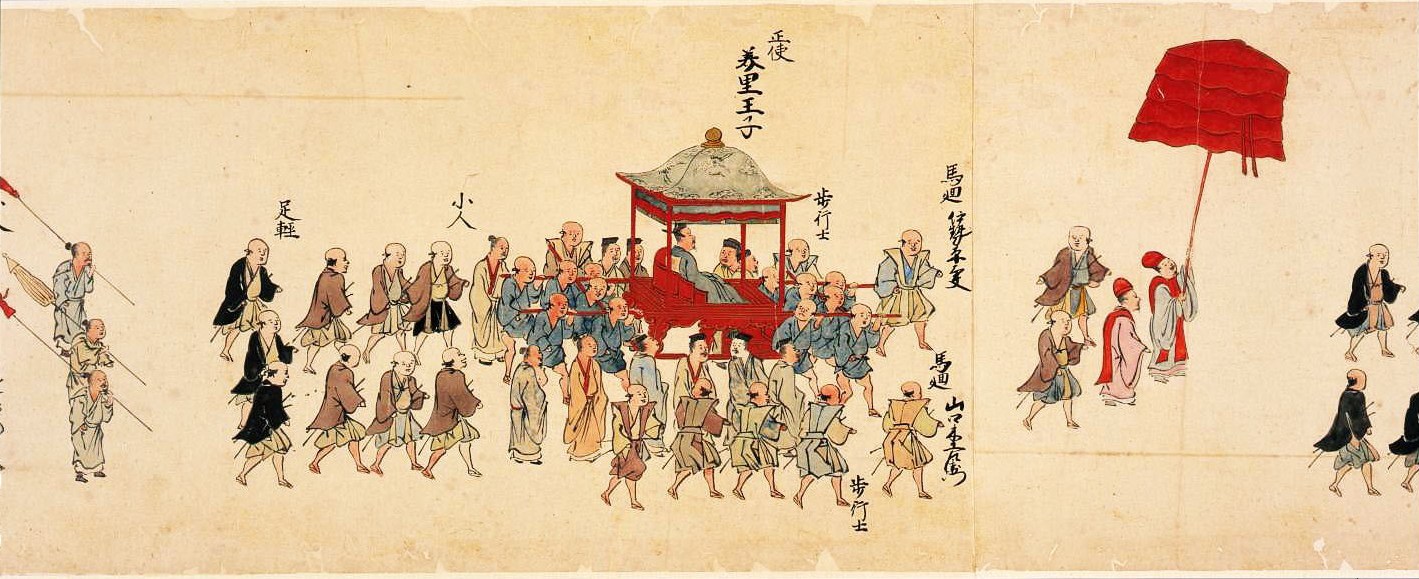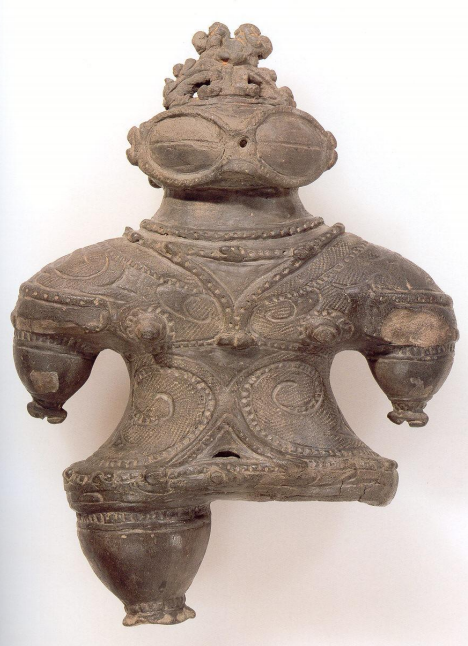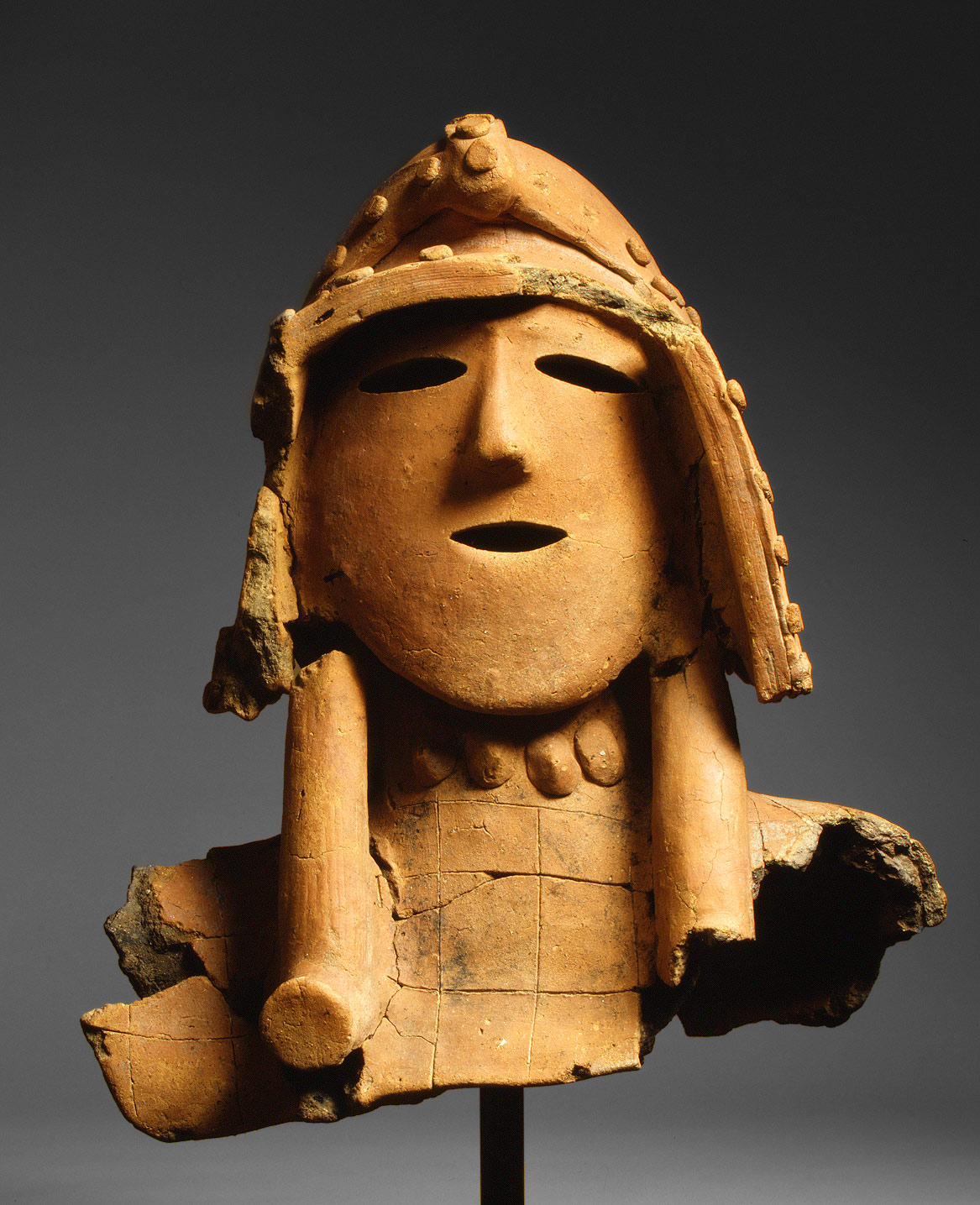Ancient Japanese art refers to the art produced in Japan from the Jōmon period (14,000 BC – 300 BC) to the end of the Heian period (794–1185). The art of this period reflects the unique cultural, social, and historical context of ancient Japan.
One of the earliest forms of Japanese art is the Jōmon pottery, which dates back to the Jōmon period. This pottery is characterized by its intricate patterns and designs, which were created using a cord-wrapping technique. Jōmon pottery was used for various purposes, including cooking, storage, and ritual offerings.
Another important form of ancient Japanese art is the bronze and ironwork that was produced during the Yayoi period (300 BC – 250 AD). These metal objects, such as mirrors, swords, and bells, were highly prized and were used in important rituals and ceremonies.
During the Kofun period (250 – 538 AD), the art of Japan was heavily influenced by the culture of China. This is reflected in the introduction of Buddhism and the production of Buddhist art, such as statues and sutras. The Kofun period also saw the development of Japanese calligraphy, which is an important form of artistic expression in Japan to this day.
The Asuka period (538 – 710 AD) marked a shift towards the development of a distinct Japanese aesthetic. This was the period during which the famous Horyu-ji temple was built, which is known for its elegant wooden architecture and sculpture. The Asuka period also saw the rise of the Yamato court, which promoted the development of courtly arts such as poetry, music, and painting.
The Heian period (794 – 1185) is considered the golden age of Japanese art. This was the period during which the famous Tale of Genji, considered the world's first novel, was written. The Heian period also saw the development of the waka, a type of poetry that is still highly valued in Japan. In addition to literature, the Heian period saw the flourishing of other art forms such as painting, sculpture, and architecture.
In conclusion, ancient Japanese art reflects the unique cultural, social, and historical context of Japan. From the intricate patterns of Jōmon pottery to the elegant courtly arts of the Heian period, ancient Japanese art has a rich and diverse history that continues to influence the art of Japan today.

